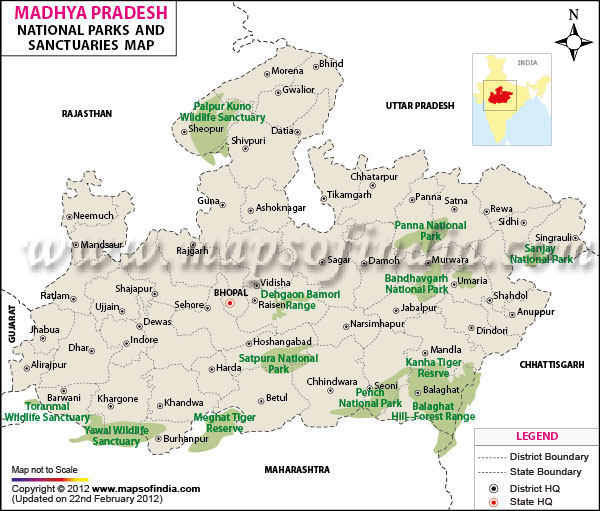7667766266
enquiry@shankarias.in
Studies on the global level suggest that 65% of humanity is lactose-intolerant.
Forest officials are preparing to bring cheetahs to Kuno-Palpur National Park (KNP) in Madhya Pradesh.
“The cheetah is the only large carnivore that got completely wiped out from India, mainly due to over-hunting and habitat loss.”

Half of world’s cities had PM2.5 levels above least-stringent WHO standards last decade.
State-owned power giant NTPC said it has started capturing carbon dioxide (CO2) from the flue gas stream at its thermal plant in Vindhyachal.
The Bardhaman municipality in West Bengal has decided to erect a statue of an erstwhile maharaja in front of the landmark Curzon Gate in the city.